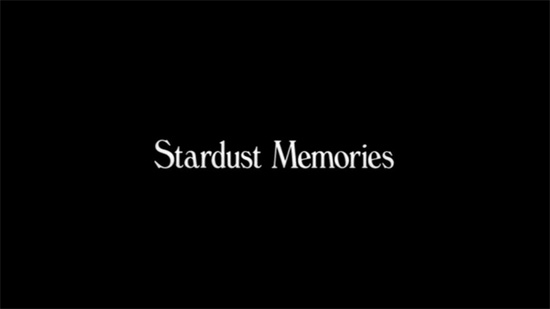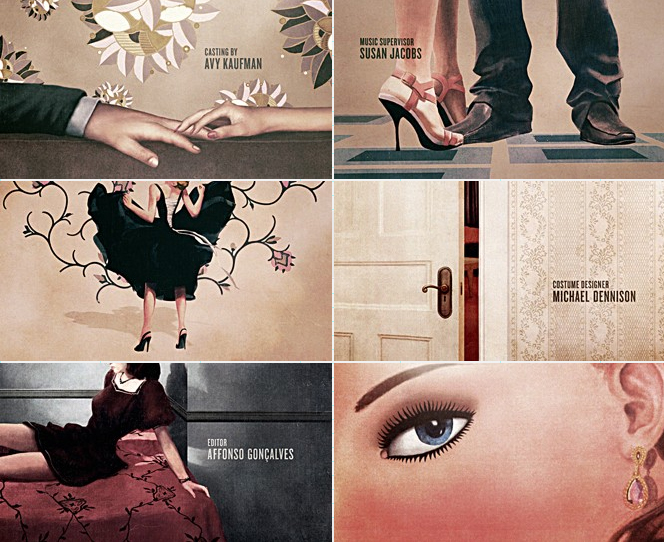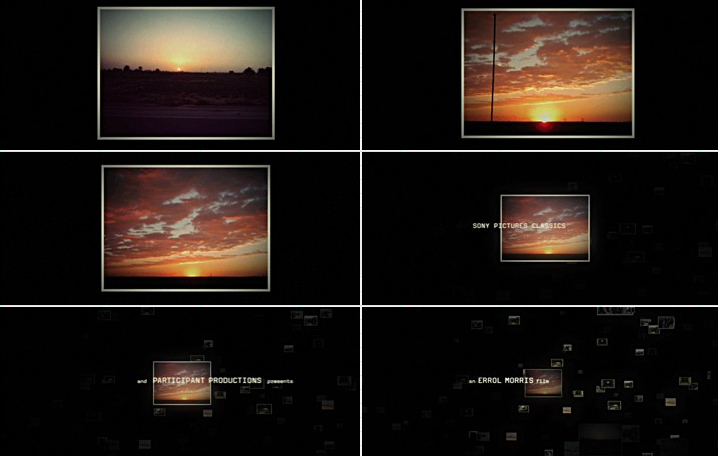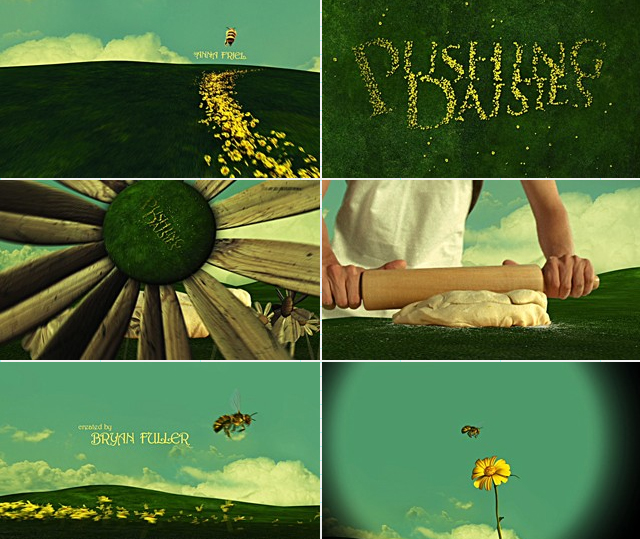Coming Ad-tractions
Fellow film blogger, Benjamin Wright, reached an half-baked conclusion in discussing the state of title sequences coming after the 1990s.
Most Hollywood films held the ‘main’ credits for the end, reversing a long history of studio filmmaking that announced up-front who was responsible for the film you were about to see. Some have attributed this move to audience polling during advance screenings. Studios risk losing the audience’s attention during long, cumbersome title sequences. Even Steven Spielberg has noted that he prefers the end credit system, since it enables him to start the film without disruption or pause.
While this observation is true to an extent, it stinks of a moth-ridden jeremiad towards contemporary cinema as a creative wasteland overloaded with razzle-dazzle technology, but lacking in innovative wit. Upon reading several detailed studies on film credits, including their evolution through the 60s with Saul Bass’s revolutionary minimalist design, the “endangered species” label is still more applicable to perishing wildlife than this ever resilient cockroach of the film going experience. Perhaps its duration will be shorter, less of an introductory warmer than an sudden blast of words followed by an already running treadmill of suspense and action (Think LOST). The annoying question of whether a prologue should adhere to the contents of the actual body of the film sometimes hinder the titles sequence as less foreshadowing or an extension of thematic reassurance than a mini-movie in itself…an immediate appetizer before the bloated main course of recognizable edibles. As they change, we change, and there’s an absolute rush of adventure in the air of not knowing how our viewing positions and expectations will twist and turn as the decades rushes by. Regardless of the presence or absence of “elaborate credit sequences,” films will still present the most basic of information in order to situate the viewer in its reception, generally by foregrounding itself as only fiction, part fact, part bricolage of still frames with legible typeface, and lastly, part narcissism on behalf of its ‘valued’ authors and actors. Without a doubt, the spirit of Saul Bass manages to survive among the prematurely called “dying breed” of professions at one of the industry’s most respected firms, Prologue, a Venice(CA)-based cooperative of famous motion graphic artists such as Kyle Cooper (Se7en) and Danny Yount (Spiderman, Ironman).
Just marvel at the company’s impressive resume below.
Iron Man [Favreau, 2008]
Spiderman 2 [Raimi, 2004]
Married Life [Sachs, 2007]
EuroTrip [Schaffer, 2004]
Standard Operating Procedure [Morris, 2008]
Pushing Daisies [Fuller, 2007-Current]
And what a pleasure to witness the art in its most stunning and jazzy incarnation, in Spielberg’s own Catch Me if You Can.
and again in 2005, at the beginning of a brilliant underrated crime thriller, Kiss Kiss Bang Bang.
“It’s this year’s Atonement, only better.” WTF?
What began as my own personal crusade to defend the honor of the Great Lady, Kiera Knightley, against the barrage of contempt expressed by my office coworkers lead to a startling discovery. Of course, I went on IMDB, search under Kiera’s filmography, and came across the film noted above.
Another WWII melodrama. You might ask, what’s wrong with Kiera, what does she typecast herself in old-fashioned gowns and regalia from bygone eras? Even though it was the role as a secondhand soccer player that shot her to stardom, leaving her Indian co-star in the dustbins of ER repeats, she still managed to insert herself perfectly into any period, whether it was Austen’s England or revisionist Camelot. Perhaps, it’s that bone structure, the always anorexic look that resists the flux of standards defining beauty at each stage of human history. She’s not a chameleon, a label more fitting for the likes of Cate Blanchett and Nicole Kidman. At the same time, her distinct physicality and pompous Britishness leaves female viewers in the throes of envy and disgust, while straight men can only admire indiscriminately.
It was Pride and Prejudice that made me appreciate the acting chops of Ms. Knightley. Her interpretation of Elizabeth Bennet uncovers a hopeless giddy schoolgirl behind the peasant garments and abrasive wit, supplying a dimension refutably absent in past adaptations and Austen’s own novel. The look Lizzy gives to the Big D (Mr. Darcy) as he lifts her off onto the carriage brims with a pleasant radiance of utter shock and conflicted pleasure. But enough of my praise since her “Cecilia” in Atonement sealed the deal for me. Transforming from the frigid aristocrat to the riches-to-rags girlfriend in waiting, Kiera outdoes the stereotype and draws our attention towards the film’s cathartic reveal.
I have no doubts about her upcoming role, but I loathe the marketing strategy of Lionsgate (the distributor) who dares to blur the glaring differences between the two films. Relocating a familiar face and setting into a totally new context is the ultimate practice of deception in the world of images and its self-conscious irony. “You know it’s not the same, but you’ll believe it nonetheless.” A review from a women’s magazine, She, contributed to the outrageous quote for this post.
Considering that both movies involve the existence of a writer, as historical figure (poet Dylan Thomas) or overarching narrative God (Briony), the underlying connection lies closer to matters of the heart—LOVE between men and women, or if the lesbian undertone isn’t explicit enough, between paparazzi icons of their generation (denied by the producers, championed by the press). If Atonement was marketed as romantic epic like its predecessors, then The Edge of Love no longer is an effect of that lineage, but a bastardized duplication of the 2007 film. Again, I’m not attacking the film but how it is advertised: the innocuous frolicking along the beach, the insistent repetition of “Come back,” and most of all, a meat shot of a TYPEWRITER. You’re not Briony, Dylan Thomas. Coyly promising an emotional impact as poignant as its half-sister, the trailer delivers less of a preview, than a recap. Blasphemy, indeed!
Kiera is back, war casts a bleak future, and all we can think of is the fragility that hangs within our reach. If you’re a fan of the former, then you can sift through the compare-and-contrast stills below and spot the original, not necessarily the fraud.
Watch the trailers and judge for yourself:
Kiera, Sienna, Cillian, Matthew, whatevs: Out in the UK, June 20th. US: TBA
Cecilia and Robbie











2 comments